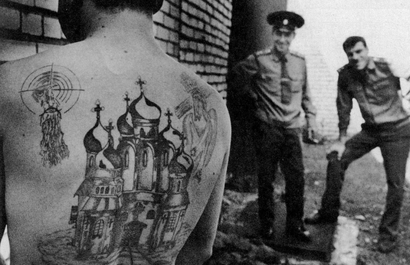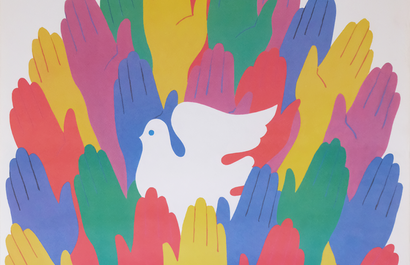Z is for Sorrow: How a Letter Became the Symbol for Russia's Invasion of Ukraine

Prenote: We stand on the right side of history, beside our comrades in Kyiv. But we go beyond lip-service. We've also put our money where our morals are. In 2021, Comrade Kyiv gave £1,439.80 to Human Rights Watch, an independent, non-profit NGO that exists to give voice to the oppressed and promote freedom and equality everywhere. In 2022, we've donated a further £900 to Human Rights Watch to support their efforts in Ukraine.
Scrawled on the side of tanks and military vehicles, the letter "Z" caught the world's attention in the days following Russia’s invasion of Ukraine. The letter is bold and can be painted in a single stroke, yet it doesn’t exist in the Russian Cyrillic alphabet. So what does this distinctive and ominous symbol mean?
A potential military application
Some military experts have speculated that the “Z” could stand for Zapad, which means west. That letter, along with others like O, X, A and V which have also been spotted on military vehicles could just be a reference to where the Russian troops are to be deployed. Others believe the letters were drawn in order to avoid friendly fire, “distinguishing their military equipment from Ukraine’s, which has similar-looking tanks”. The Ministry of Defence of the Russian Federation has remained relatively tightlipped about the meaning of the letter. But, they have posted on their Instagram page (before Instagram was blocked in Russia) that Z means Za pobedu, which roughly translated to “for victory”.
A letter becomes a symbol
Whatever its intended military purpose, the letter Z quickly took on a much larger symbolic significance. It became a way of showing support for Russia’s invasion of Ukraine. Just a few days after the invasion, the Kremlin-funded state network RT began selling T-shirts, hoodies and other merchandise emblazoned with the letter “Z”. A few days later, the Russian gymnast Ivan Kuliak wore a shirt with a white “Z” on his chest while receiving a bronze medal at the Artistic Gymnastics World Cup in Qatar. The gold medal went to the Ukrainian gymnast Illia Kovtun. Politicians joined in too. Sergei Tsivilyov, the governor of the Kemerovo region in Russia, changed the spelling of the town Kuzbass to add a capital “Z” in the middle.

Black in the new orange
Some images of the letter show a “Z” with an orange stripe through the middle, surrounded by a black outline. These colours appear on the ribbon of the Order of Saint George, one of the highest military decorations awarded by the Russian Empire, the Soviet Union and the current Russian Federation. These colours have also been used in celebrations of the Soviet Union’s victory over the Nazi’s in WWII, usually during May 9th victory day parades. In 2014, Ukrainian separatists also used the colour combination to show loyalty towards Russia during their annexation of Crimea.
The symbol is “propagated by and organised by the state with the purpose of creating a sense of broad public support for the invasion,” said Henry E. Hale, a professor of political science and international affairs at George Washington University. Despite being invented just over a month ago, the letter is at the forefront of a fully fledged propaganda campaign, a symbol of new Russian ideology and national identity. It stands for “loyalty, devotion to the state, murderous rage, and unchecked power.”






